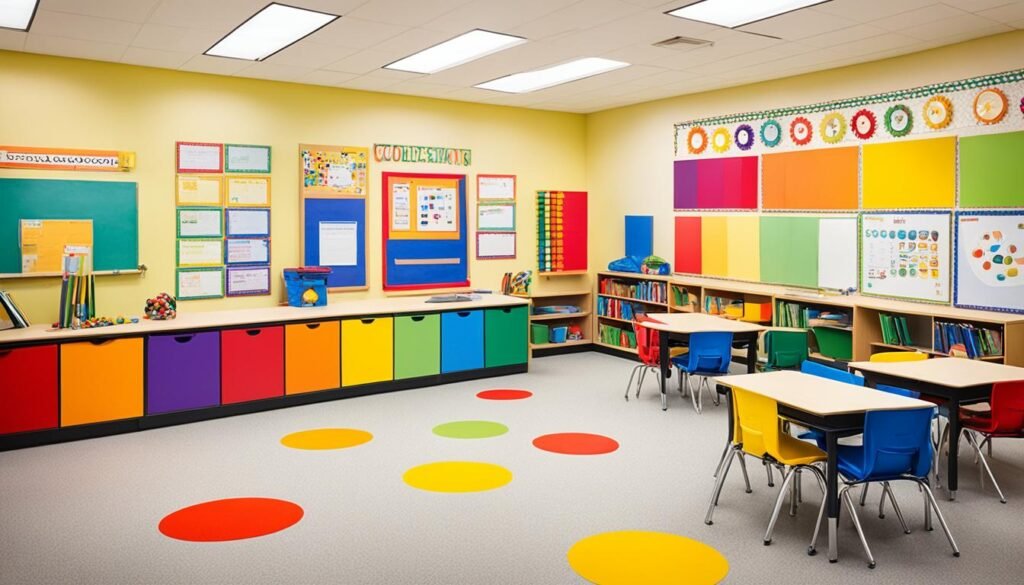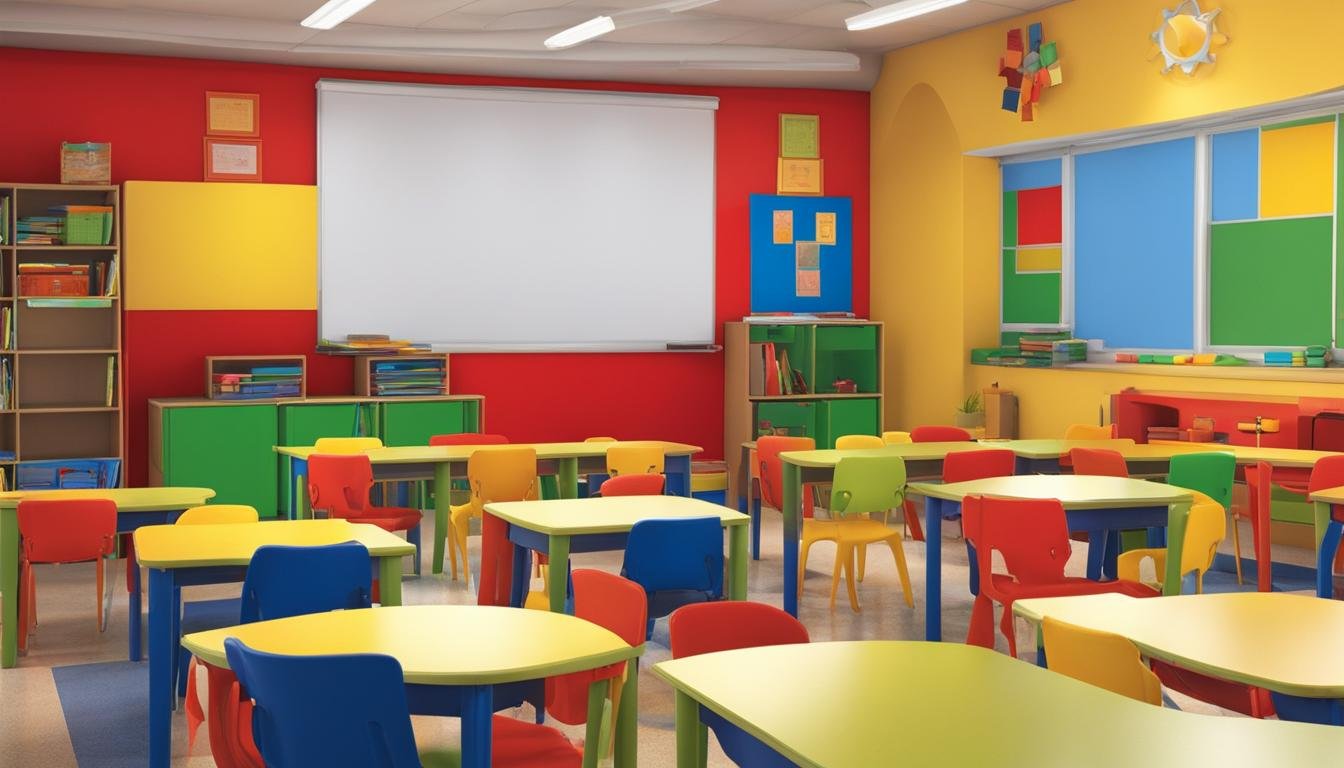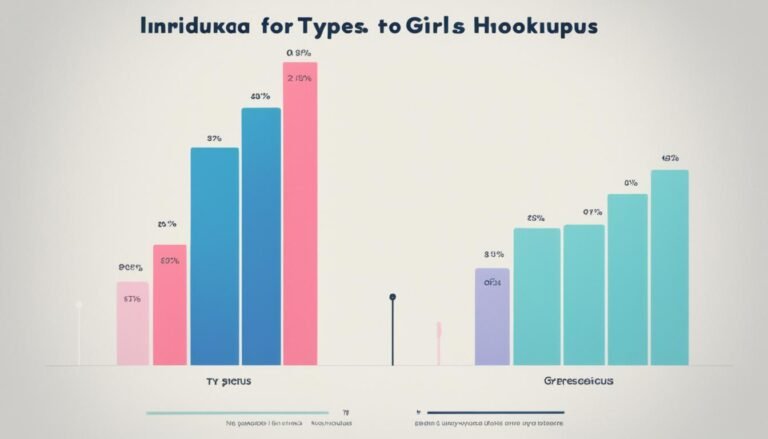How does color affect the classroom?
The impact of color on the classroom environment is a fascinating subject that has caught the attention of researchers and educators alike. We all know that color can influence our mood and emotions, but what about its effect on student and teacher engagement in the classroom? How can the choice of color in the learning space affect visual processing, stress levels, and even brain development?
We often overlook the role that color plays in the classroom, but it has the power to shape the atmosphere and enhance the learning experience. So, let’s delve deeper into the world of color psychology and discover how the right color selection can transform the classroom environment.
But first, take a moment to ponder this: What if the color of the walls in a classroom could significantly impact student performance and engagement? Could the choice of color influence students’ ability to focus, retain information, and feel inspired? The answer might surprise you.
Key Takeaways:
- Color has a profound impact on student and teacher engagement in the classroom.
- The right color selection can improve visual processing and reduce stress.
- Neutral colors create a safe and stable environment, while warm colors are nurturing and energizing.
- Cool colors contribute to a calming and focused atmosphere.
- By carefully selecting colors, educators can create an environment that supports students’ focus and creativity.
The Importance of Color Selection in Classroom Design
In the process of designing a classroom, the selection of colors plays a crucial role. Maria Oliveira, PPG Color Design Manager, explains how color can be used as a language to connect educators, students, and emotions within the learning space.
When choosing colors for a classroom, it’s important to consider the desired behavior and energy level that needs to be fostered. The right color scheme can have a significant impact on creating a conducive learning environment. Additionally, colors can be used to create a sense of community and guide students throughout the school.
There are different categories of colors that serve specific purposes in classroom design. Neutral colors, such as tan and beige, provide comfort and versatility, allowing for easy integration with other elements in the space. Warm colors like red and orange radiate a nurturing and friendly atmosphere, encouraging positive interactions. On the other hand, cool colors like blue and green create a calming and expansive ambiance, enhancing focus and concentration.
To further enhance the effectiveness of color in classroom design, feature walls and accent colors can be strategically used to draw attention and improve visibility. These elements create focal points within the space, helping students stay engaged and facilitating better comprehension.
By thoughtfully considering color selection in classroom design, educators can create an environment that not only supports learning but also promotes a positive and inviting atmosphere. The right combination of colors fosters a sense of belonging and helps students thrive academically.
The Psychological Impact of Different Colors in the Classroom
In the classroom, colors have a profound psychological impact on students, influencing their emotions and behaviors. By strategically incorporating various colors into the learning environment, educators can create a space that supports student engagement, focus, and creativity.
Red: Associated with energy and passion, the color red can stimulate creativity and increase alertness among students. Incorporating red into the classroom can inspire a sense of excitement and motivation, making it an ideal choice for spaces where brainstorming and imagination are encouraged.
Blue: Known for enhancing cognitive abilities, blue is a color that promotes calmness and focus. When used in the classroom, blue can create an atmosphere that encourages concentration and open communication. It is particularly effective in subjects that require analytical thinking and logical reasoning.
Yellow: Vibrant and uplifting, yellow grabs attention and exudes positivity. Incorporating splashes of yellow in the classroom can create a cheerful and playful environment, fostering a sense of enthusiasm and encouraging active participation and communication among students.
Purple: Combining the power of red’s energy and blue’s tranquility, purple promotes calmness and reflection. A perfect choice for quiet spaces or areas designated for independent work, purple inspires introspection and deep thinking, ideal for creative projects or individual reflection activities.
Orange: With its vibrant and warm nature, orange is a color that grabs attention and uplifts moods. Using orange in the classroom can create a dynamic and stimulating environment, boosting students’ confidence and encouraging active engagement in group discussions or interactive activities.
Green: Associated with nature, green has a calming effect and helps to inspire focus, relaxation, and creativity. Incorporating green elements in the classroom can create a harmonious and peaceful atmosphere, ideal for subjects that require concentration, collaboration, and creative thinking.
The use of these colors in the classroom can have a profound impact on students’ psychological well-being, motivation, and overall learning experience. By understanding the psychological effects of different colors, educators can create a balanced and stimulating environment that supports students’ emotional, cognitive, and social development.

Conclusion
The use of color in the classroom has a significant impact on students’ learning experiences. Different colors can stimulate emotions, improve cognitive abilities, and enhance engagement. By carefully selecting and incorporating the right colors into classroom design, educators can create an environment that supports students’ focus, creativity, and overall well-being.
When choosing colors for the classroom, it is important to consider the desired outcomes and the age group of the students. The research conducted by PPG and other experts provides valuable insights into the effects of color on the classroom environment, allowing educators to create optimal learning spaces.
By understanding the psychological impact of different colors, educators can strategically utilize color to create a stimulating and conducive learning environment. Red promotes energy and passion, blue enhances cognitive abilities, yellow grabs attention and fosters positivity, purple promotes calmness and reflection, orange uplifts mood and boosts confidence, and green inspires focus, relaxation, and creativity.
Whether it’s through the use of feature walls, accent colors, or a well-designed color scheme, color selection in the classroom can significantly enhance the learning experience. By harnessing the power of color, educators can create a classroom that not only fosters academic growth but also nurtures the overall well-being of students.






